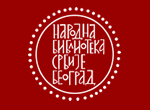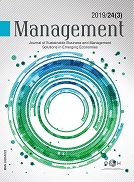Life Cycle of Quality Management System in Organizations
Abstract
Considering that some organizations implemented the ISO 9001 standard more than 25 years ago, while othersdid it a while ago, some quality management systems (QMS) are older than others. This fact led authors to question whether there are differences between long and recently implemented quality management systems. Is there a pattern that QMS follows in its aging that could be considered as a life cycle of QMS? From October 2013 to June 2014, authors have conducted a survey in 186 certified companies using structured questionnaire in order to learn whether there was a significant difference between long and recently implemented QMSs.Collected data were processed using the ANOVA test with a confidence interval of 95%, i.e., α=0.05.Results show that there is a difference between quality management systems in the mature stage and those recently implemented. However, research pointed out two facts. First,34.41% of all surveyed companies apply QMS partially and have virtual QMS that has no purpose of improving business performances but only the purpose ofmaintaining the company’s certificate. Second, in companies that apply QMS fully, the frequency of all processes (which are elements of QMS) decreases in the first seven years of implementation, while after that period it begins to increase. Also, the paper describes indicators for determining companies which partially apply QMS.

This work is licensed under a Creative Commons Attribution-NonCommercial-NoDerivatives 4.0 International License.

















